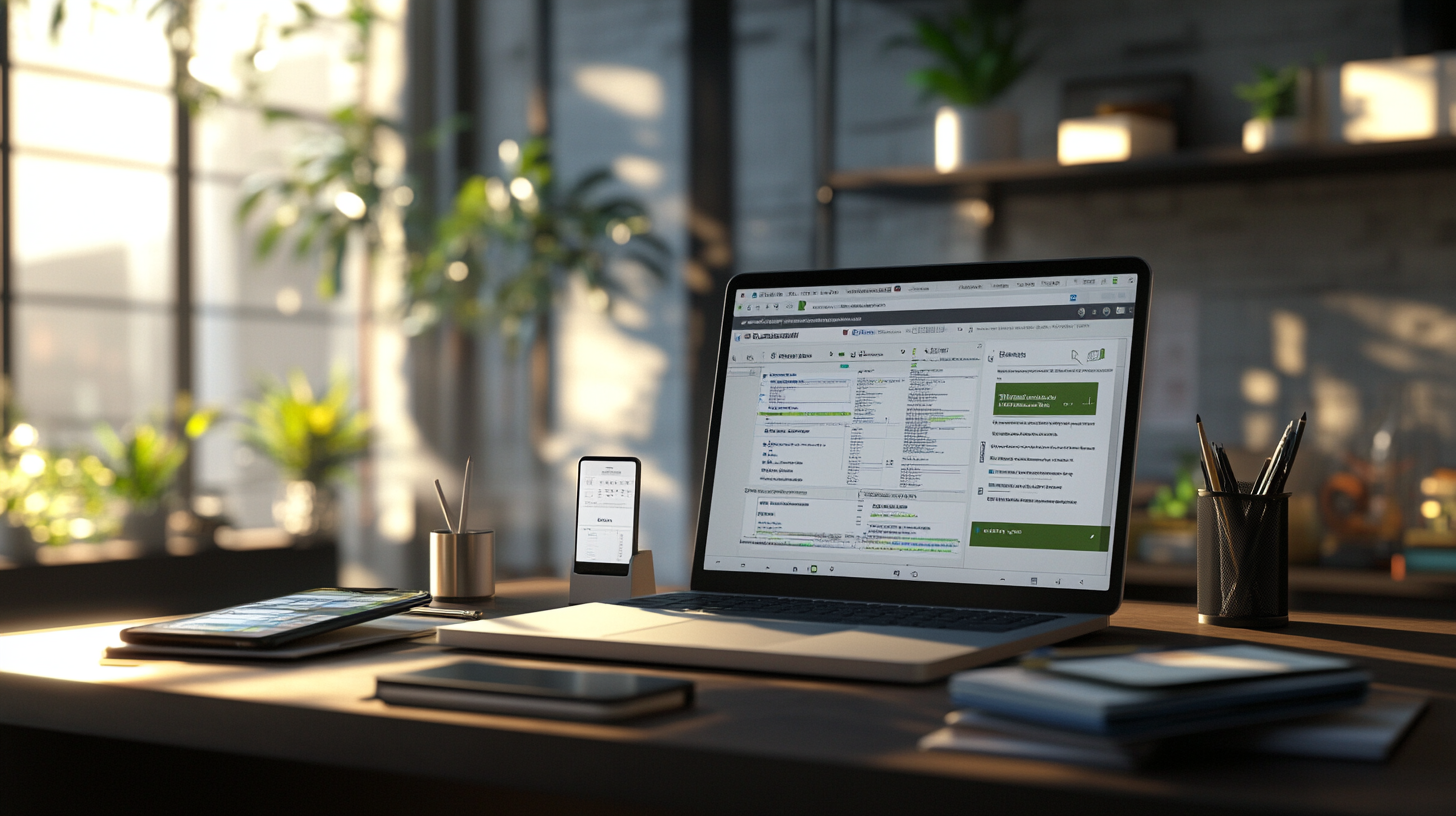Mastering Business Travel Reimbursements

In my travels, I’ve noticed that business trips can be an exciting part of a frequent flyer’s routine, but one question often lingers: “What’s deductible?” The IRS lays out a roadmap—if expenses are ordinary, necessary, and not extravagant, they can usually be reimbursed tax-free under an accountable plan. I’ve found that it’s easiest to tackle these details head-on by understanding a few key guidelines and using modern organizational tools to stay on track.
1. Define Your Tax Home

From my perspective, defining a tax home goes beyond simply naming your primary office or city. It’s about clarifying where most of your work happens. If you’re traveling beyond those typical boundaries, you may qualify for deductions on transportation, lodging, and meals, provided the trip is truly temporary. According to IRS rules, a temporary assignment usually means it’s expected to last less than one year—and that makes a huge difference in which expenses are deductible.
I’ve observed that a lot of confusion happens when people commute long-term to a project site thinking those miles are reimbursable. If it’s a multiyear commute, it generally doesn’t meet the temporary assignment threshold. A recent survey by the Global Business Travel Association suggests that nearly 60% of travelers misunderstand this distinction, often leading to missed deductions or even incorrect filings. Staying informed can spare you future headaches.
In my own travels, I always check how long I’ll be away from my primary base of operations. If I’m away for a few months for a research project, that’s often deductible territory. But anything stretching beyond a year typically raises red flags with the IRS. If you’re uncertain, it might be wise to consult an accredited tax professional or check official IRS publications for updated rules, especially now in 2025, where remote and hybrid work arrangements are much more common.
2. Know Which Expenses Qualify

I’ve found that airfare, rental cars, lodging, and incidentals can all qualify for reimbursement if they directly support business needs. Most of us have heard about the once fully deductible meal expense period that has now reverted to a 50% deduction in many cases. The key is to think: “Is this meal integral to my work, or is it purely personal?” Blurring those lines can lead to disallowed deductions.
A friend of mine once tried writing off a luxury spa day during a conference, reasoning that it freed up her mind to focus on networking. The IRS wasn’t buying it. The standard is clear: personal add-ons, extra stops, or bringing along people who aren’t involved in the business activity can’t be reimbursed. Meanwhile, costs that are indisputably for business—like internet access while you’re on the road—are easier to support with proper documentation.
According to industry data, improper classification of personal versus business expenses is among the top five reasons for tax audits in the business travel realm. The more detailed your receipts and justifications, the less likely you’ll run into questions down the road. I recommend using a consistent method—such as a spreadsheet or an app—to detail who, what, and why for every expense.
3. The 2024 IRS Updates

Although it’s currently 2025, many of the 2024 IRS updates remain highly relevant, especially if you’re finalizing deductions for the prior year. The standard mileage reimbursement rate for business travel stood at 67¢ per mile in 2024, which is still a useful benchmark for analyzing your current costs. There are also updated vehicle depreciation limits: $12,400 for pre-2017 vehicle acquisitions and $20,400 for those purchased post-2017. The Section 179 deduction cap at $1,220,000—and an SUV cap at $30,500—can significantly influence big-ticket write-offs.
I’ve met colleagues who were unaware of these depreciation limits until tax season. Maintaining meticulous logs of your mileage and vehicle usage is essential, particularly if your job involves visiting multiple client sites or attending conferences in different states. I’ve relied on digital mileage trackers that automatically log every trip I take. Having these logs ready at year’s end has saved me countless hours—and potential disputes—when it’s time to reconcile expenses.
A common pitfall I’ve seen is treating partial personal use of a vehicle as fully business use. If you make stops for personal errands, that mileage isn’t deductible. Consistent and honest record-keeping is the best way to stay compliant. Double-check the latest IRS bulletins, as these figures are subject to change, especially with shifting regulations and economic conditions.
4. Accountable vs. Nonaccountable Plans

In my experience, an accountable plan fosters the clearest path to tax-free reimbursements. You document every expense in a timely manner, return any excess reimbursement, and keep everything transparent. Any slip with receipts or deadlines puts you at risk of having reimbursements converted into taxable income. This is where thorough logs and strong organizational habits really pay off.
I once worked with a small media startup that tried to operate on a loose reimbursement model. Employees would often submit expenses months after travel and forget to separate incidentals from legitimate business costs. According to experts like Justin, an IRS Enrolled Agent with Keeper Tax, this kind of disorganization can lead to major tax headaches. If you don’t have an accountable plan, you’re functioning under a nonaccountable plan—meaning reimbursements are treated as part of your gross pay.
For clarity, imagine you submit a batch of receipts for a two-week work trip. Under an accountable plan, valid business expenses get reimbursed without meeting your income statements. With a nonaccountable plan, that same reimbursement might be counted as taxable income. The difference can be substantial in terms of what you owe come tax time. It’s worth the extra effort to keep your receipts neat and handle things promptly.
5. Tools to Simplify the Process

Over the years, I’ve experimented with different expense management tools, and I always encourage travelers to choose one that fits their workflow. Products like Fyle enable you to snap photos of receipts on the go, automatically categorize them, and integrate with the company’s approval process. This connectivity isn’t just about convenience—it also adds a layer of accountability, ensuring you don’t mix personal and business expenses.
A recent study suggests that businesses using real-time expense tracking software reduce reporting errors by nearly 40%. This figure resonates with my own experience: automated timestamps and location tracking are invaluable for leaving a clear paper trail. It doesn’t hurt that these tools often provide analytics, which can reveal where you might tighten spending or improve budgeting.
I’ve found that implementing clear guidelines—like requiring pre-approval for flights and promptly documenting expenses—prevents confusion when you return home. Whether you manage a small team or juggle your own professional life, a well-chosen software platform can protect both you and your organization from unnecessary tax liabilities.
Final Thoughts

Business travel can feel like an adventure, but the finer points of reimbursement don’t have to be daunting. By knowing your tax home, separating personal and business costs, and using the right tools, you keep more control over your finances. Admittedly, it takes some upfront effort to label receipts and maintain logs, but the reward is a smoother process at tax time.
As the business landscape evolves further into 2025 and beyond, staying updated on IRS regulations and leveraging modern solutions can help you adapt quickly. Pairing good record-keeping with a solid accountability plan ensures you won’t be tangled in red tape down the road. There’s freedom in confidently hitting the road—or skies—knowing your deductions are valid and your records are bulletproof.
Amelia Yeaher’s Take
I’ve always believed that meticulously tracking reimbursements offers more than just a tidy ledger—it’s a mindset that keeps travelers aware of their real costs and benefits. Being intentional about each expense can open doors to smarter decisions, from the routes you choose to the meals you enjoy.
Keep paperwork simple, organize expenses as they happen, and use technology to your advantage. Over time, the built-in discipline will serve you well, not just at tax time but every time you plan your next adventure.






